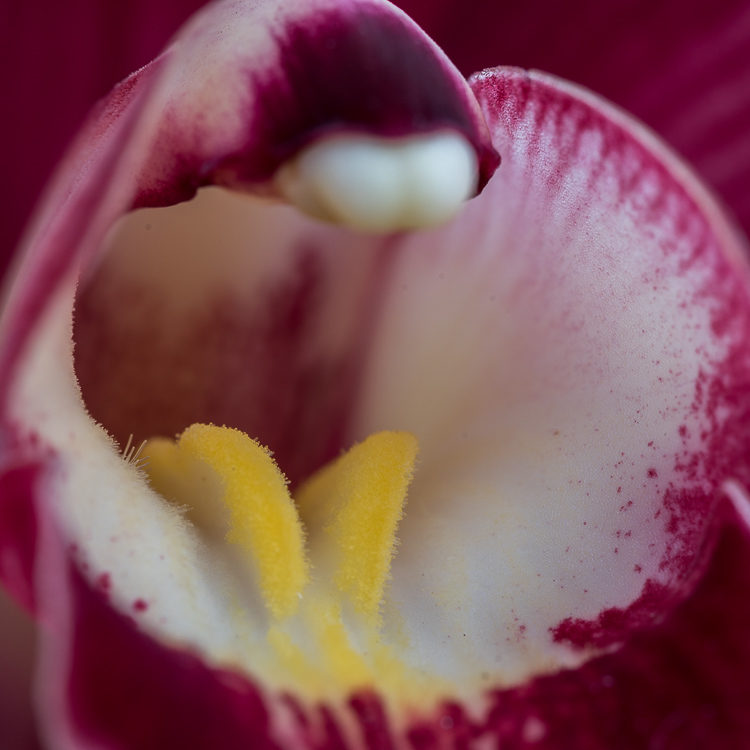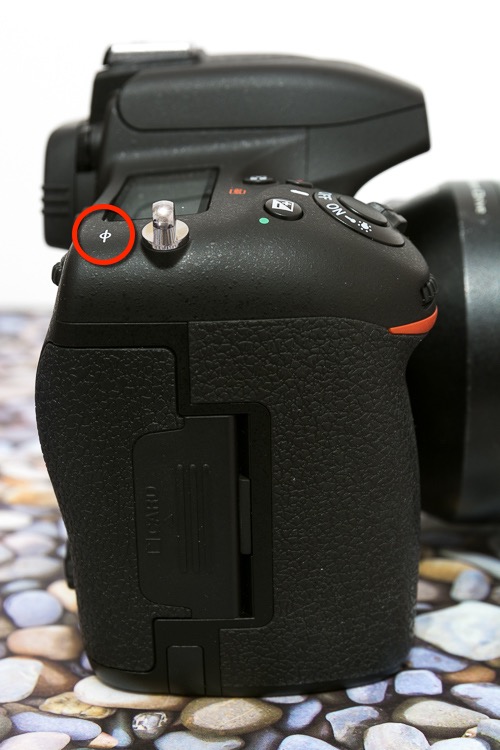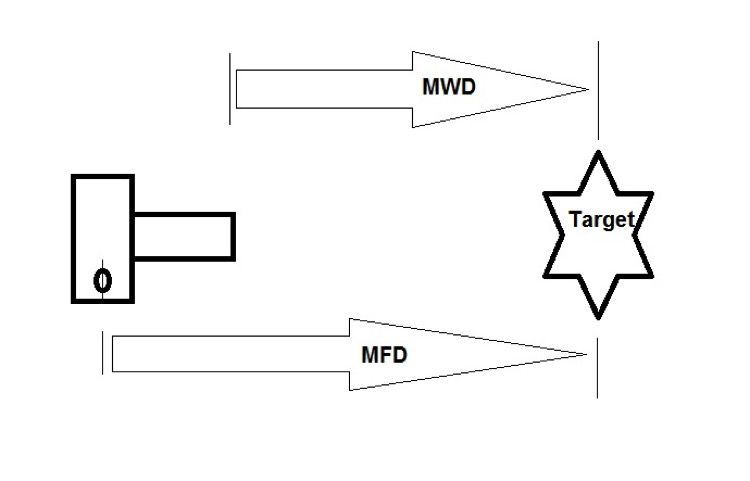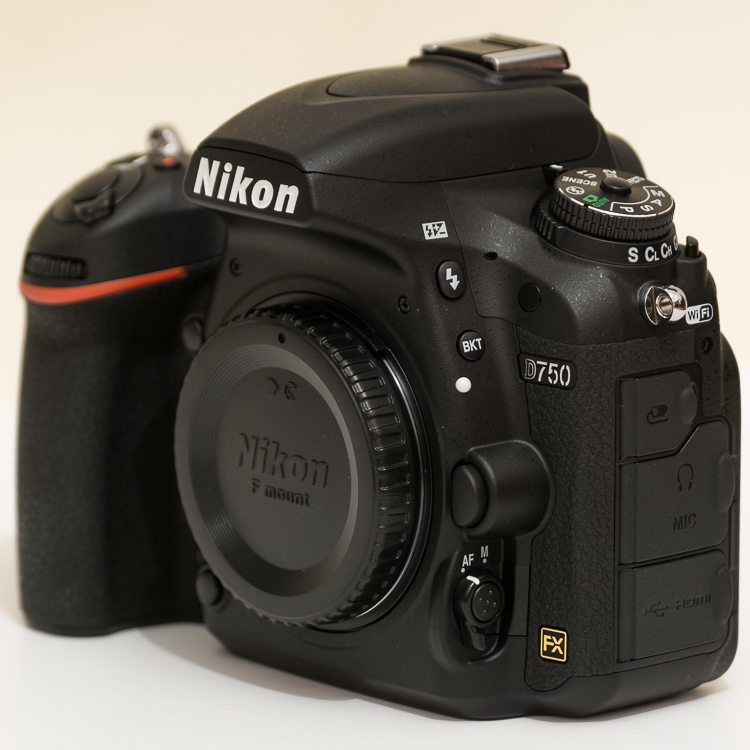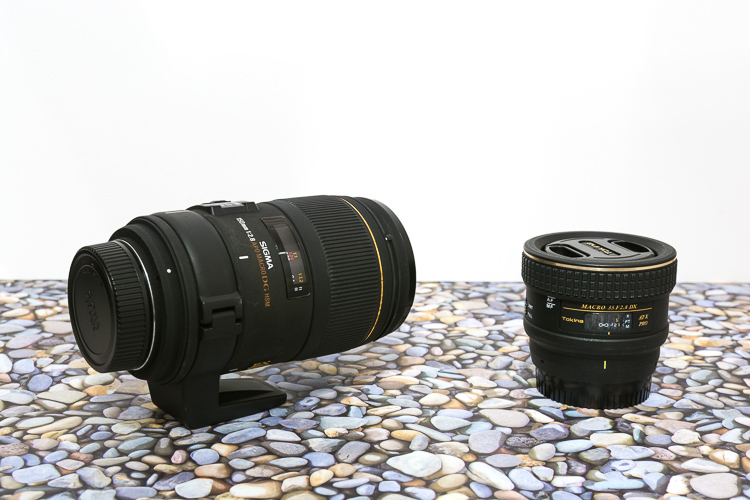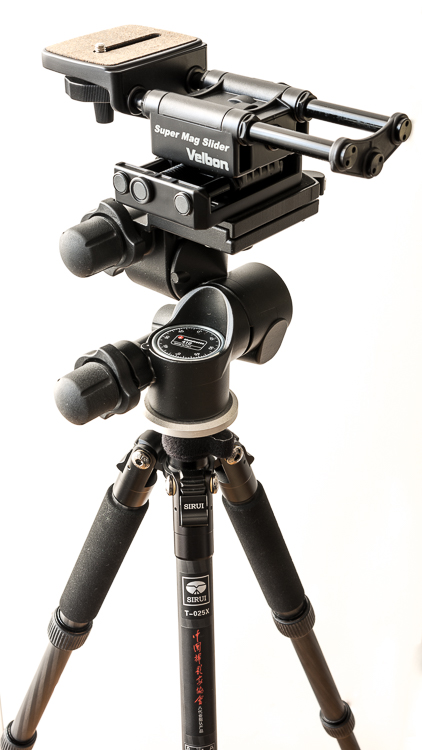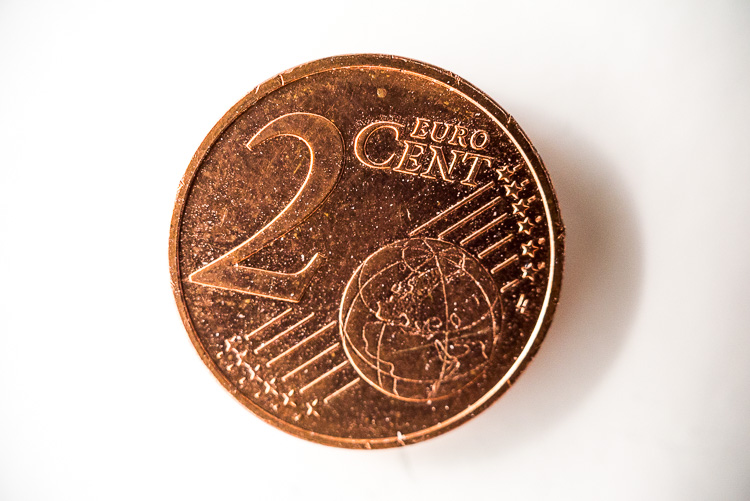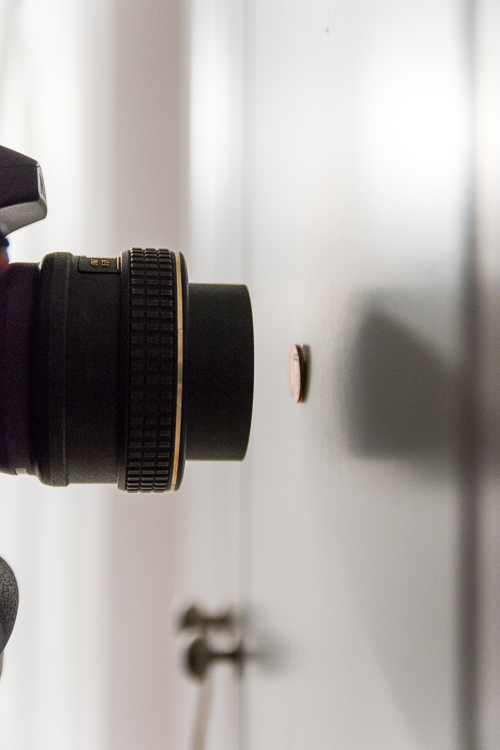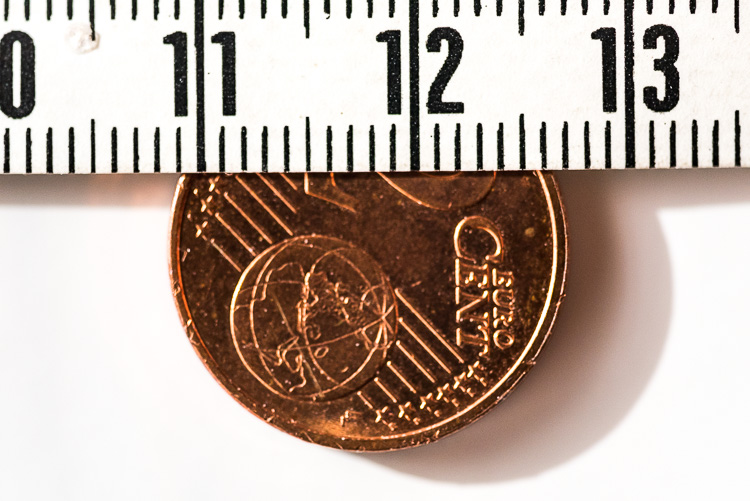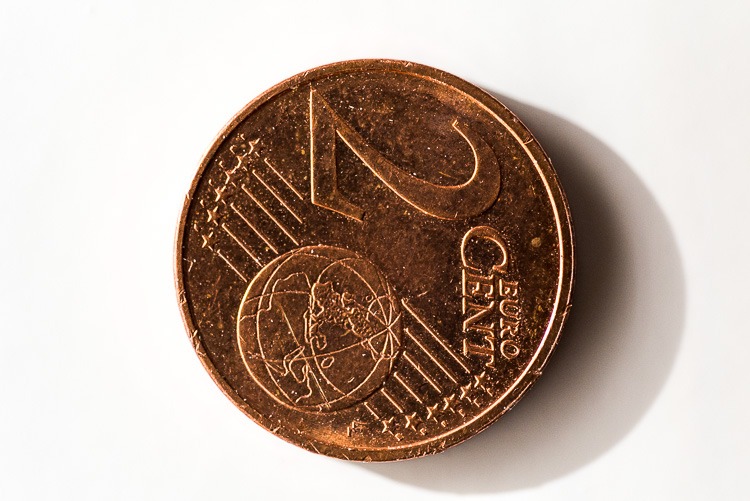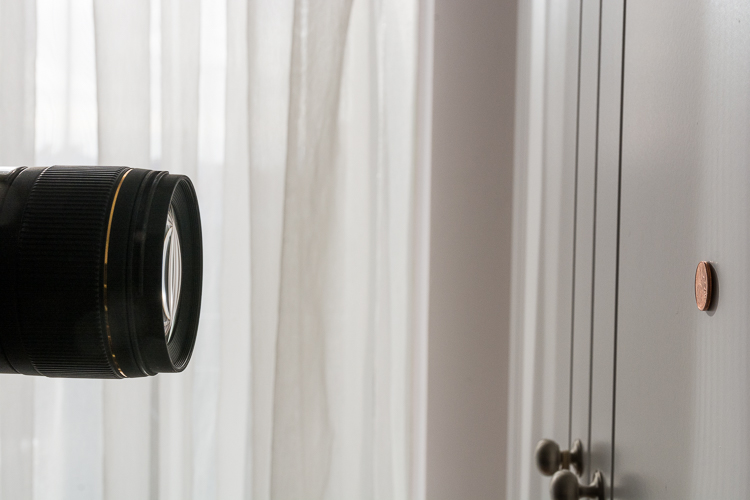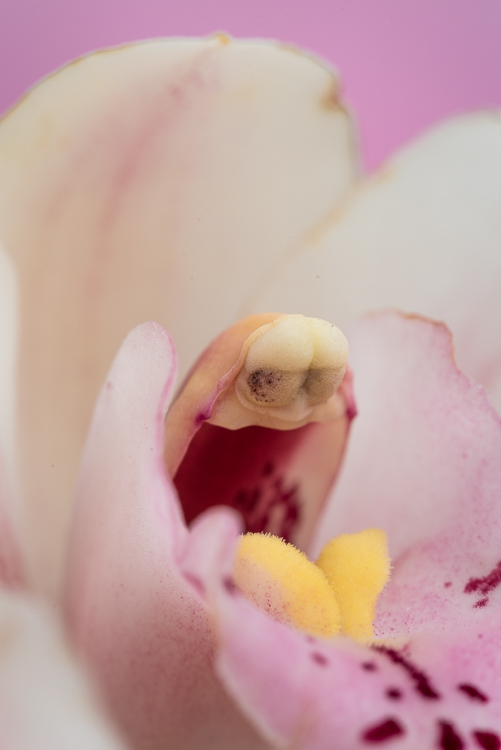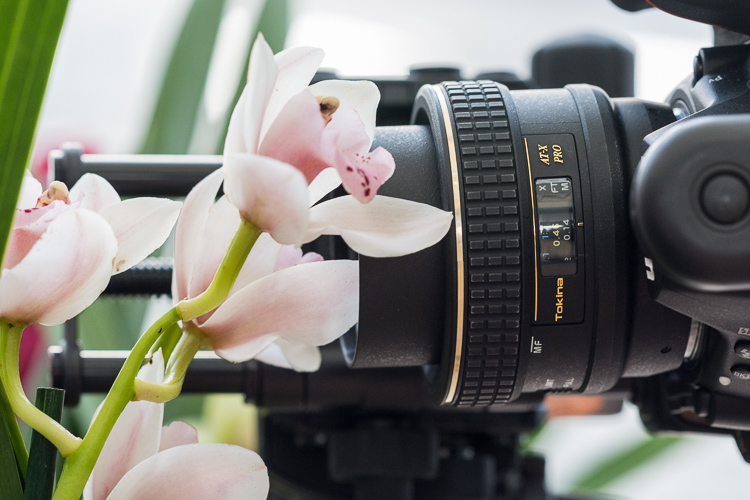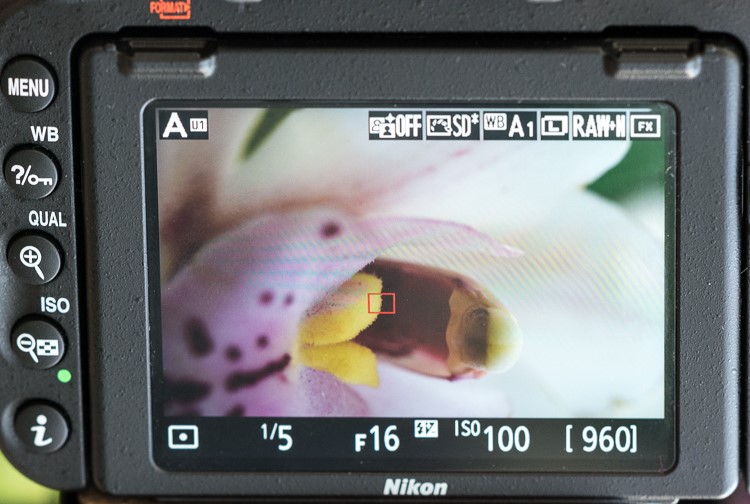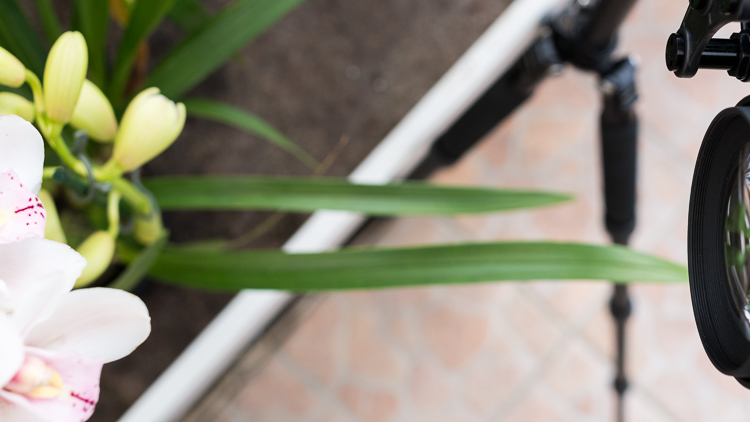Introduction
In the world of photography, there is a fascinating genre known as macro photography. This technique involves capturing detailed images of living creatures, close-up shots of flowers, and other intimate vistas that often go unnoticed in our everyday lives. Understanding macro photography and selecting the right lenses for this style is crucial for capturing stunning images. This article aims to provide both theoretical and practical insights to help photographers choose macro lenses with suitable focal lengths for their unique style.
What is macro photography?
Macro photography can be defined as the art of capturing extremely close-up images where the image on the sensor is as large as, or larger than, the object being photographed. In the digital realm, the term “film” is replaced by “sensor” in this definition. To quantify this, two terms, magnification and reproduction ratio (RR), are used. Magnification refers to the size of the subject captured on the sensor compared to its real-life size. Reproduction ratio describes the relationship between the image on the sensor and the actual subject.
- “As large as” means that the object captured appears the same size on the sensor as it is in real life, resulting in a magnification of 1x or x1 and an RR of 1:1.
- “Larger than” implies that the image on the sensor is N times the actual life size of the subject, thus having a magnification of Nx and an RR of N:1.
It’s important to note that there is a distinction between the image captured on the sensor and the printed image. For example, capturing 1cm of an object on a 1cm sensor may appear much larger when printed on a 10x15cm photo.
Furthermore, not all lenses labeled as “macro” are capable of achieving 1x (1:1) magnification. It’s essential to discern between lenses marketed as macro and those truly capable of achieving higher magnifications. However, this doesn’t mean that lenses without 1x magnification cannot capture breathtaking close-up photos. They can still achieve lower magnifications and reproduction ratios, such as 0.25x magnification with an RR of 1:4.
Other definitions
Minimum focusing distance (MFD) is a lens’s characteristic that determines the shortest distance at which it can focus. In digital single-lens reflex (DSLR) cameras, the focus distance is measured from the focal plane mark on the camera body, not from the front of the lens. MFD is particularly important because true macro lenses reach 1:1 magnification only at their minimum focusing distance.
The minimum working distance (MWD) refers to the distance from the subject to the front of the lens barrel when the lens is set to its maximum magnification (i.e., its MFD). Various online tools are available to calculate MWD, as different camera and lens combinations can affect this distance. A longer MWD is beneficial when shooting live subjects like bees, as it helps prevent scaring them away or getting bitten or stung.
Gear and settings
To exemplify the differences in minimum working distance between lenses of different focal lengths, two macro lenses were used for the examples in this article: the Tokina 35mm f2.8 and the Sigma 150mm f2.8. Both lenses were mounted on a Nikon D750 camera.
In addition to the lenses, a reliable supporting platform is crucial for macro photography. For the examples presented, a SIRUI T-025X carbon-fiber tripod, a Manfrotto 410 Junior Geared Tripod Head, and a Velbon Super Magnesium Slider Macro Rail were used. To avoid vibrations, a Nikon ML-L3 remote was employed to trigger the shutter.
Quick comparison
To showcase the differences in macro capabilities between lenses, a comparison of 1:1 macro shots was conducted using the 35mm and 150mm lenses. Rulers were included in the photographs to demonstrate the size of the image on the sensor. The measurements showed a considerable disparity in the minimum working distance between the two lenses.
Doing macro photography of flowers with different focal lengths
To further explore the variations in macro capabilities, photographs of flowers were captured using both the 35mm and 150mm lenses. The 35mm lens required positioning it directly above the flower bulb to achieve a 1:1 shot. In contrast, the 150mm lens allowed for greater comfort and distance while still capturing a similar photo. The settings used for both flower macro shots were documented.
Focal length matters even more in macro photography
Macro photography offers an exciting opportunity to delve into the intricate details of the natural world. As Roman Vishniac eloquently stated, every bit of life in nature is lovely, and magnification brings out endless sets of perfectly formed boxes within boxes. However, macro photography is not without its challenges.
Compared to other popular photography genres like portrait or landscape, macro photography involves additional technical considerations and gear requirements, especially as magnification increases. One critical aspect to consider is the minimum working distance of the lens. The choice of a true macro lens or one marketed as such significantly impacts the ease of use and the photographer’s willingness to engage in macro photography.
Working distance issues
While shorter minimum working distances may be sufficient for capturing static subjects, taking into account the needs of live creatures, such as bees, requires a longer working distance. A longer working distance allows photographers to avoid startling their subjects and reduces the risk of being bitten or stung. Furthermore, a longer working distance facilitates the addition of extra light, whether natural or from a flash, providing more lighting options for macro photography.
To further enhance magnification in macro photography, techniques like using close-up lenses or lens reversal can be employed. However, these techniques can exacerbate space constraints in setups with shorter working distances.
Classification of focal lengths in macro photography
In macro photography, the choice of focal length plays a crucial role in capturing desired subjects effectively. A rough classification of focal lengths in macro photography can be proposed as follows:
- Focal lengths up to 60mm: These lenses are particularly useful for product photography, such as capturing intricate details in jewelry, or photographing small objects in a controlled environment.
- 60-150mm: Lenses within this range can be used with caution for capturing shots of insects, flowers, and small objects from a slightly greater distance, ensuring a comfortable working distance.
- Above 150mm: For critters and subjects where additional working distance and lighting options are desirable, lenses with focal lengths above 150mm are ideal.
In addition to focal length considerations, varying focal lengths can also affect the perspective of macro photographs, resulting in different aesthetic outcomes. While perspective differences hold aesthetic significance, they are beyond the scope of this article.
Conclusion
Macro photography opens up a whole new world of capturing intricate details that often go unnoticed in our daily lives. Selecting the right lenses with suitable focal lengths and understanding the implications of minimum working distance greatly impacts the outcome and ease of macro photography. By considering the gear, technical aspects, and the characteristics of different focal lengths in macro photography, photographers can better capture the beauty and intricacy of the natural world in their images.
The article is compiled and compiled by tipcamera.com


